40,000-Year-Old Mammoth Ivory Boomerang And Human Finger Hint At Mysterious Prehistoric Rituals
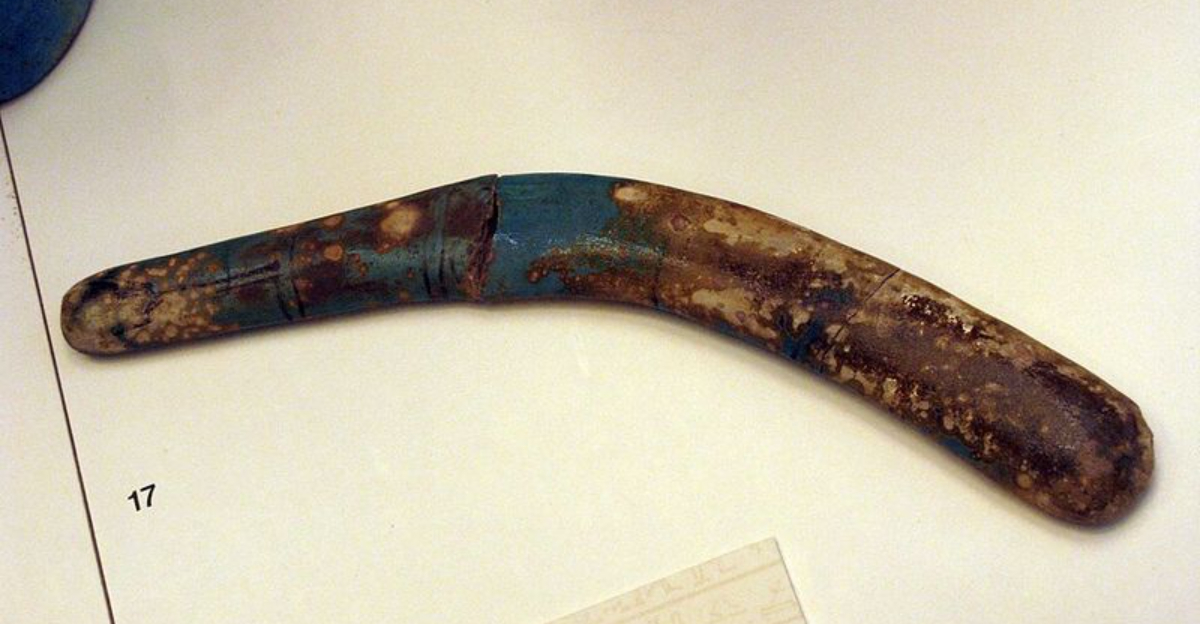
Buried for millennia and recently unearthed, a mammoth ivory boomerang and human finger bone have archaeologists buzzing with excitement.
These 40,000-year-old artifacts provide a rare glimpse into the complex rituals and sophisticated tool-making abilities of our prehistoric ancestors. The discoveries challenge our understanding of early human cognitive development and symbolic thinking long before written history began.
The Discovery Of The 40,000-Year-Old Mammoth Ivory Boomerang
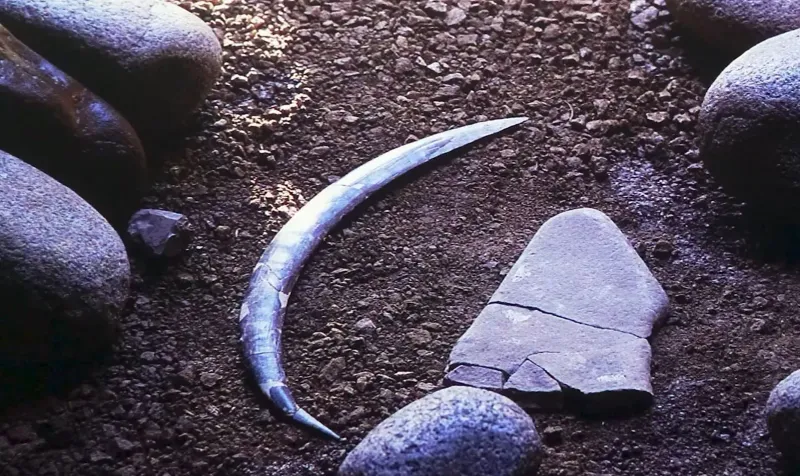
Hidden within a forgotten cave system, the ivory boomerang emerged during a routine archaeological survey that turned extraordinary. Researchers initially mistook the curved object for animal remains until careful cleaning revealed intricate carvings along its surface.
The finding sent shockwaves through the scientific community, as boomerangs of this antiquity were previously unknown in European prehistoric contexts.
New Radiocarbon Dating Reveals The Boomerang’s True Age
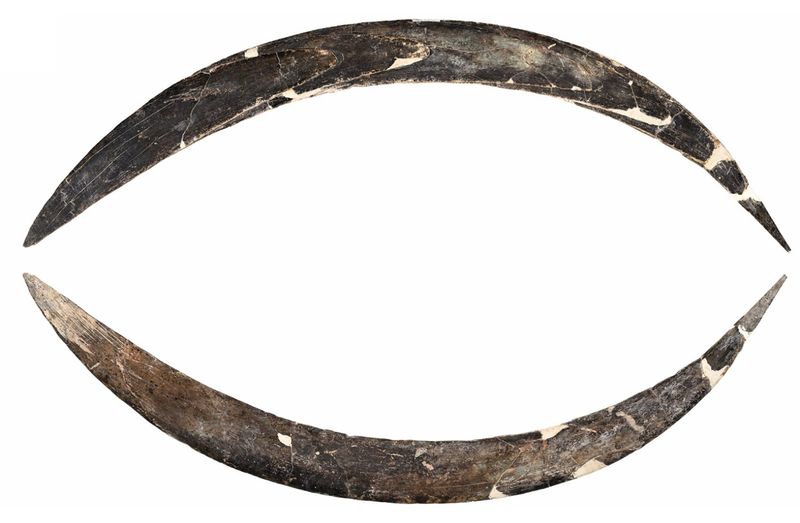
Advanced carbon-14 testing stunned scientists when results placed the artifact at approximately 40,000 years old – making it contemporaneous with early European Homo sapiens populations.
Laboratory technicians initially questioned the readings, prompting three separate validation tests. Each confirmed the extraordinary timeline, positioning the boomerang among the oldest intentionally crafted throwing implements ever discovered on the European continent.
Uncovering The Oldest Known Boomerang In Europe
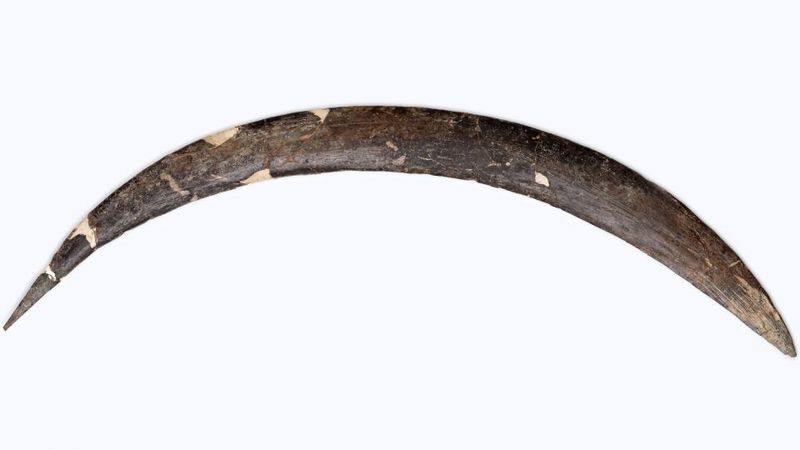
Before this groundbreaking find, archaeologists believed boomerangs originated primarily in Australia, with limited evidence suggesting primitive versions elsewhere.
The mammoth ivory specimen rewrites this narrative completely. Its sophisticated aerodynamic design suggests our ancestors possessed advanced understanding of physics and flight principles thousands of years earlier than previously thought – challenging long-held assumptions about prehistoric technological capabilities across continents.
Craftsmanship And Design Of The Prehistoric Boomerang
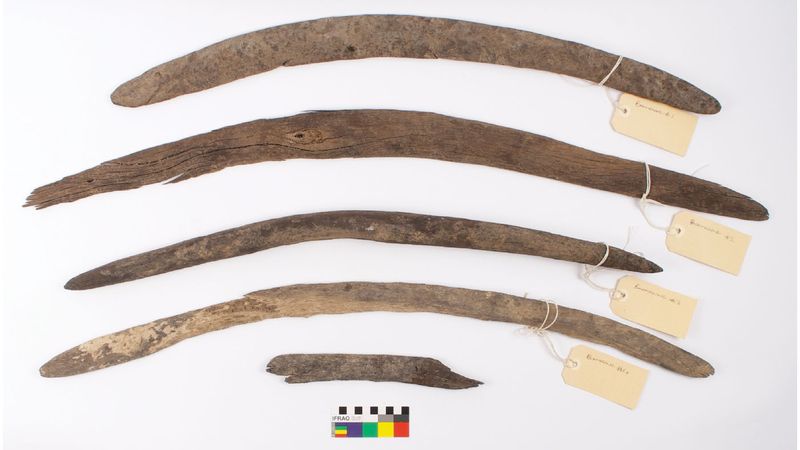
Microscopic analysis reveals masterful craftsmanship that would challenge even modern artisans working with similar materials. The creator meticulously shaped the mammoth tusk, maintaining consistent thickness throughout while carving subtle airfoil contours.
Tool marks indicate the use of at least three different stone implements during fabrication, suggesting specialized prehistoric woodworking techniques were applied to the more challenging medium of ivory.
The Role Of Red Pigment In Prehistoric Symbolism

Traces of ochre pigment cling to specific grooves along the boomerang’s edge, deliberately applied rather than accidentally acquired. Red ochre appears consistently in prehistoric ritual contexts worldwide, often associated with blood symbolism and life force.
The strategic placement of pigment on this hunting tool suggests a ceremonial dimension beyond mere utilitarian purpose – perhaps invoking supernatural assistance or marking the implement as spiritually significant.
The Significance Of The Human Finger Bone Discovery
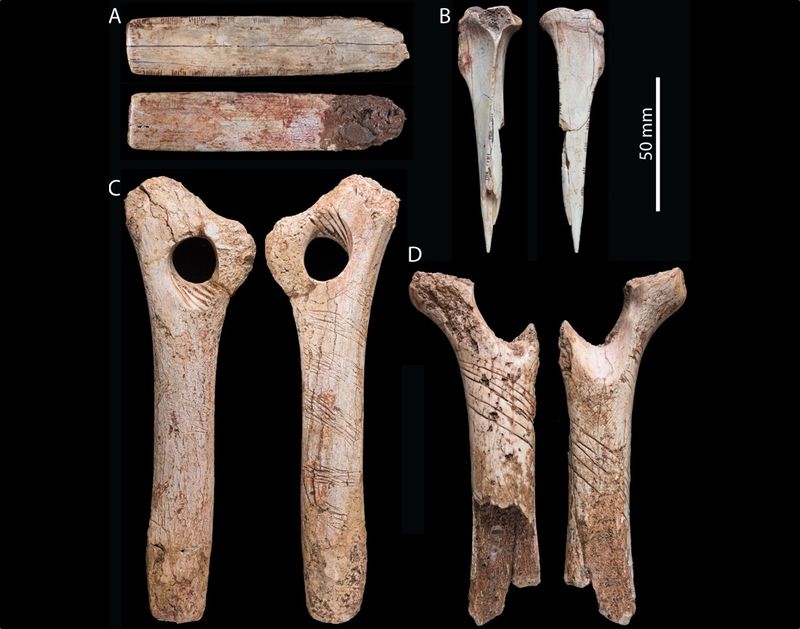
Alongside the boomerang lay a single human phalanx bone – specifically the middle segment of an adult’s index finger – deliberately placed rather than randomly deposited.
The finger shows signs of careful preparation: cut marks indicate flesh removal before placement. More intriguing still, microscopic residue analysis detected the same red ochre pigment found on the boomerang, establishing a clear ritual connection between these artifacts.
Mysterious Rituals Suggested By The Boomerang And Artifacts
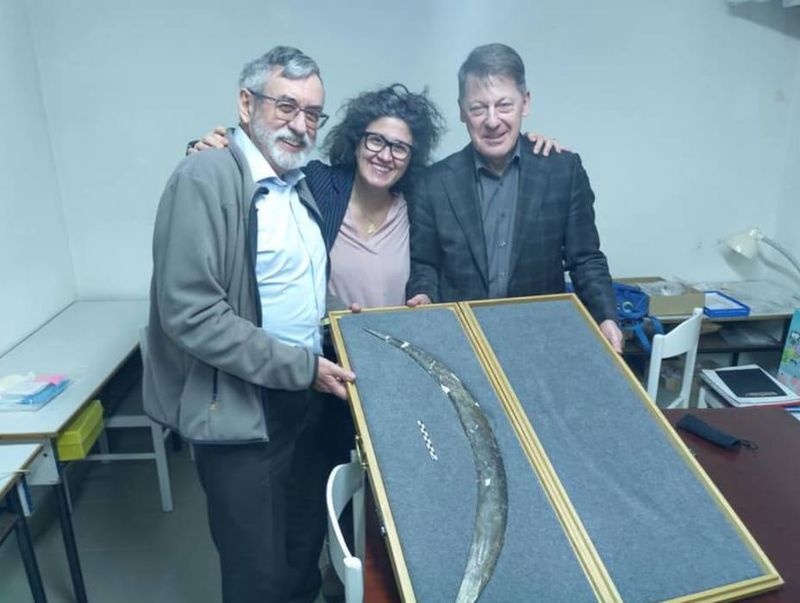
Arranged in a specific pattern alongside animal teeth and polished stones, these items formed what archaeologists term a “ritual cache” – deliberately assembled and concealed for ceremonial purposes.
The finger bone’s deliberate placement pointing toward the cave entrance suggests directional significance. Ethnographic parallels from hunter-gatherer societies worldwide hint at possible hunting magic, ancestor veneration, or initiation ceremonies – though the exact meaning remains tantalizingly elusive.
Insights Into Prehistoric Human Culture And Tool-Making
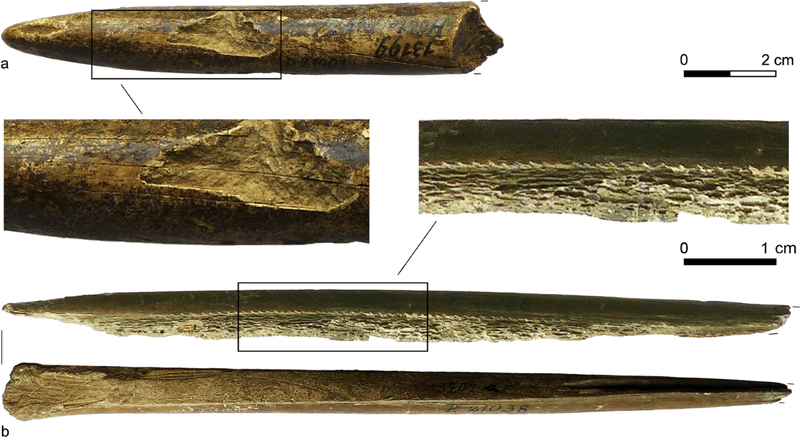
Fashioning a functional boomerang from mammoth ivory required extraordinary skill and deep material understanding. The craftsperson needed to account for ivory’s unique grain structure and weight distribution – problems entirely different from wooden implements.
This technological adaptation reveals cognitive flexibility and experimental problem-solving. The time investment alone – estimated at 30+ hours of continuous work – speaks to cultural values prioritizing specialized craftsmanship.
How This Discovery Sheds Light On Early Cognitive Development
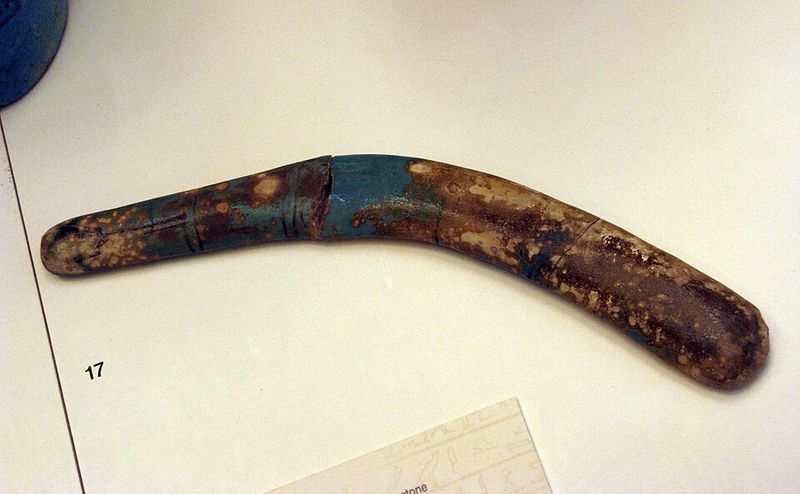
Creating functional flying objects demonstrates abstract thinking capabilities we rarely associate with Ice Age humans. The boomerang maker needed to conceptualize invisible forces like aerodynamics, anticipate how shape modifications would affect flight, and envision the finished product within raw material.
This level of abstract thought, combined with the symbolic ritual context, suggests our ancestors possessed complex cognitive frameworks integrating practical technology with spiritual worldviews.






